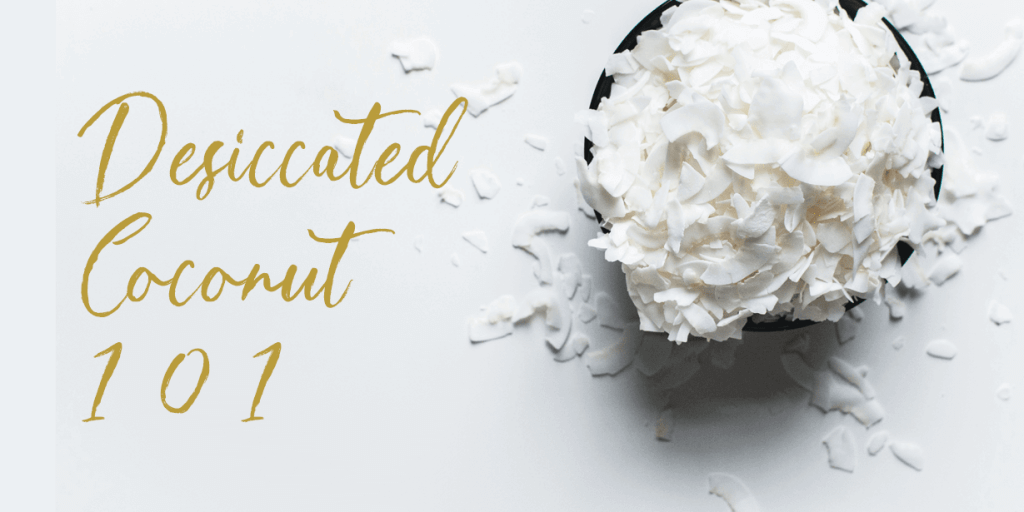Desiccated Coconut is not a household name, YET. We know it exists but we are not that acquainted to it. Perhaps we had used it in one of our meals, however we really do not know how it affects our diets and how we can use it in other ways. We just know that it adds an interesting flavor to our meals. Now, let’s get to know it better. Here are the basics of the desiccated coconut.
How Is the Desiccated Coconut Made?
The desiccated coconut came from the mature meat of the coconut. The meat must be particularly mature so it can achieve the desired toughness and crisp. The mature meat is dried and shredded. Manufacturers offer sweetened and unsweetened variants in different cuts to serve the consumers’ preferences.
See Also: Desiccated Coconut in Local and International Markets
What Is the Desiccated Coconut Made Of?
Basically, desiccated coconut is packed with two major nutrients:
- Fats – desiccated coconut is a healthy fat source. Since it is a by-product of coconut which is a good source of HDL, the good cholesterol, desiccated coconut carries this nutrient, too. Keto practitioners, people who eat healthy fats to achieve ketosis that eventually lead to weight loss, oftentes use desiccated coconut as an additive to their meals and desserts.
- Lauric Acid – this nutrient is also known to be in mother’s first drop of breast milk. It is also known to help the body fight off diseases.
How to Use the Desiccated Coconut?
Desiccated coconut is mainly used in foods. It is often used as an additive because of its nutty flavor. The desserts industry is the major consumer of this product. Desiccated coconut is commonly used in cakes, pies, pastries, baked goods, and desserts. On the other hand, desiccated coconut can be also used in savory dishes such as soups, rice meals, and other entrees.
See Also: What to do with Desiccated Coconut?
Who Uses the Desiccated Coconut?
The production and manufacturing of desiccated coconut is, nowadays, booming. Because of the global trade, almost everyone around the world has access to itm
Tropical countries, such as the Philippines, India, and Sri Lanka, are the main producers since coconuts is a tropical fruit. Generally, European countries are the major importers, Belgium being the number one consumer of the desiccated coconut.
Now that you are well-acquainted with the basics of the desiccated coconut, let’s make it a household name, shall we? It’s your turn to try these creative ways on how to use Royce Food’s Desiccated Coconut in your meals.

